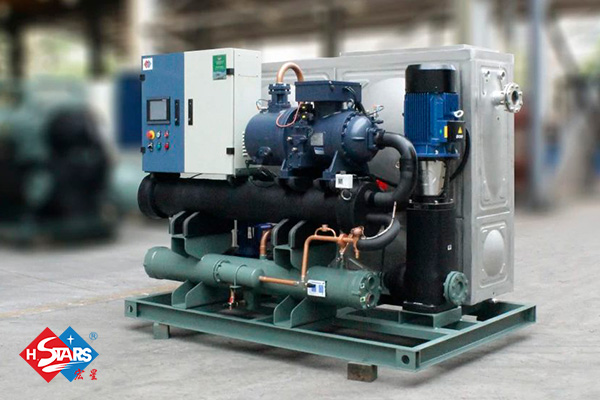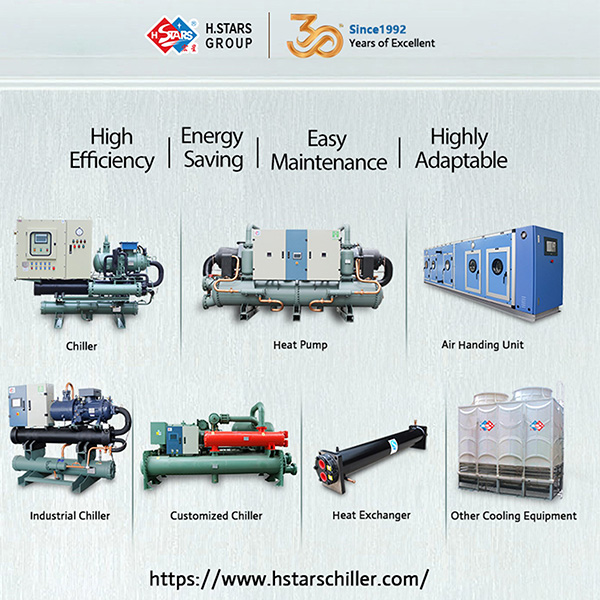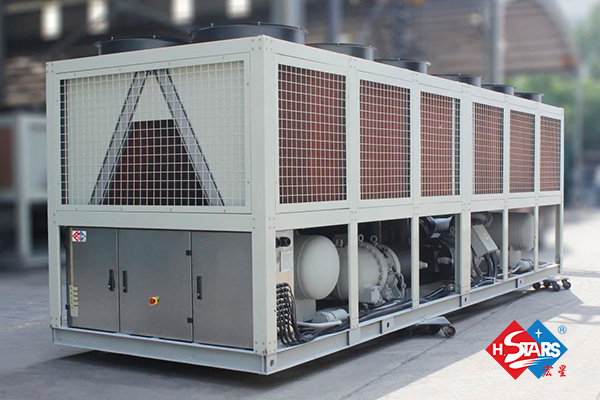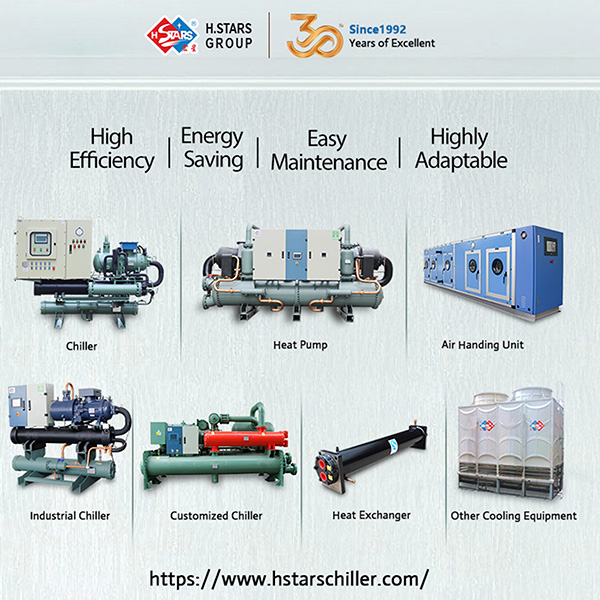Are Integrated Chillers the Ultimate Solution for Your Cooling Needs
In today's industrial and commercial sectors, the efficiency and convenience of refrigeration equipment are critical for enhancing productivity and reducing operational costs. As an advanced cooling solution, integrated chillers are gaining popularity due to their unique design and ease of operation. Their most significant advantage lies in their simplicity: just connect water and power, and they are ready to go. This feature drastically simplifies the installation and commissioning process.
What Makes Integrated Chillers So User-Friendly?
Integrated chillers combine the primary components of a cooling system—compressor, condenser, evaporator, and control system—into a compact unit. This design eliminates the need for complex on-site assembly and piping connections, reducing the risk of leaks and performance issues during installation. Users simply connect the chiller to a water source and power supply, and the equipment is ready to begin cooling operations, saving both time and money.How Does the Intelligent Control System Enhance Ease of Use?
The integrated chiller's built-in intelligent control system further enhances its operational convenience. An embedded microprocessor automatically adjusts the cooling cycle and monitors operating conditions, ensuring the chiller runs at peak efficiency. Users can easily set parameters and check status through a simple interface, eliminating the need for a specialized maintenance team and lowering daily management costs.Why Are Integrated Chillers Ideal for Various Industries?
The efficiency and reliability of integrated chillers make them an ideal choice for a wide range of industries. Whether it's food processing, chemical production, or data center cooling, integrated chillers provide stable and rapid cooling to meet temperature control needs across different scenarios. Their flexible installation and quick startup capabilities allow the equipment to adapt to production changes quickly, improving overall production efficiency.
Conclusion
Integrated chillers offer a fast, efficient, and reliable cooling solution with the convenience of "just connect water and power." In industrial and commercial environments where high efficiency and low costs are paramount, integrated chillers are undoubtedly a recommended choice.




















